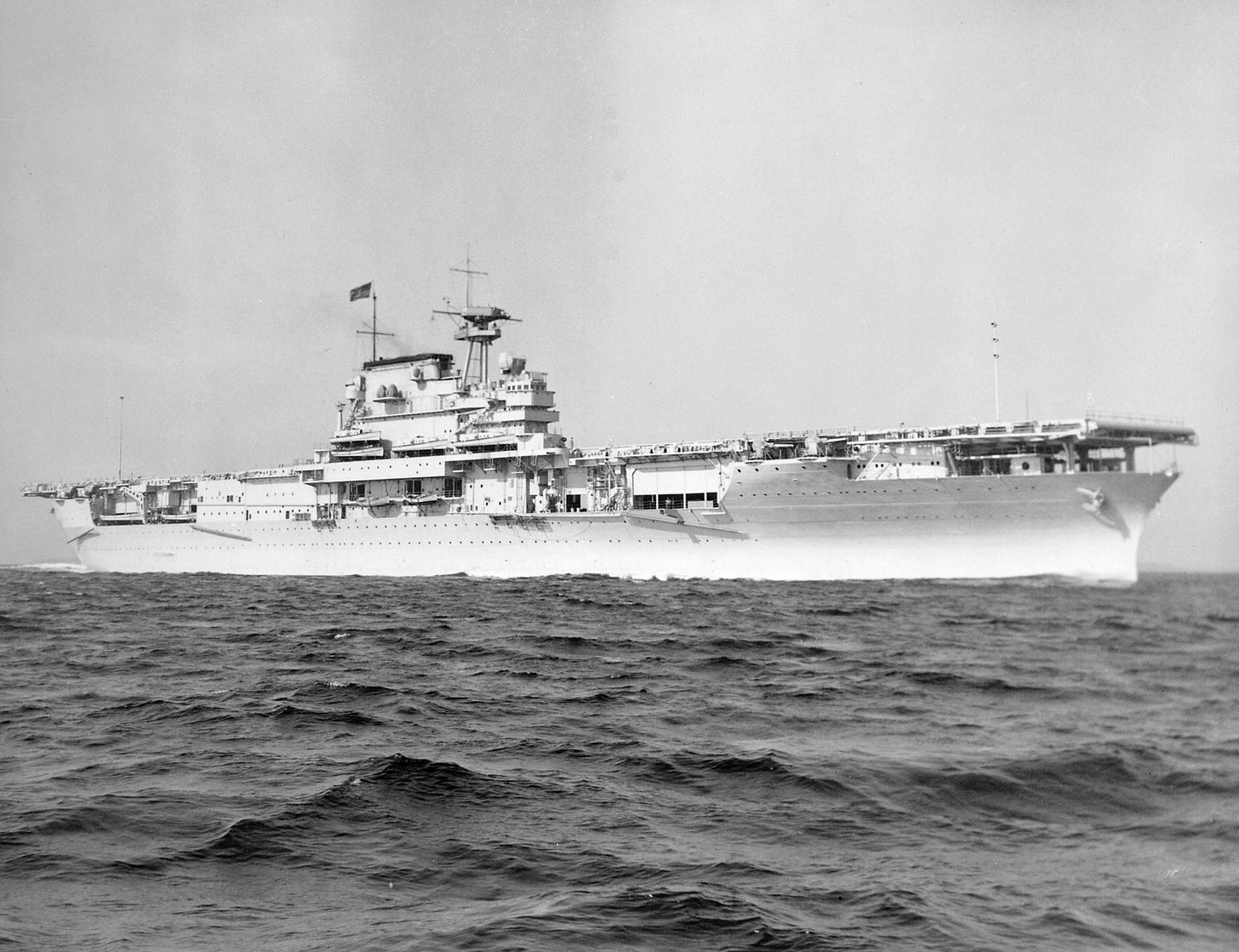The Aircraft Carrier Yorktown and the Department of War
If we are going to enable future heroes, we must operate aggressively and effectively. If we do, the department’s name change will truly change history.
Many people do not understand why President Donald Trump renamed the Department of Defense the Department of War.
In fact, this was the original title established Aug. 7, 1789 by the First Congress and signed by President George Washington. There was a Department of War for the Army. Its seafaring counterpart, the Department of the Navy, was established …


